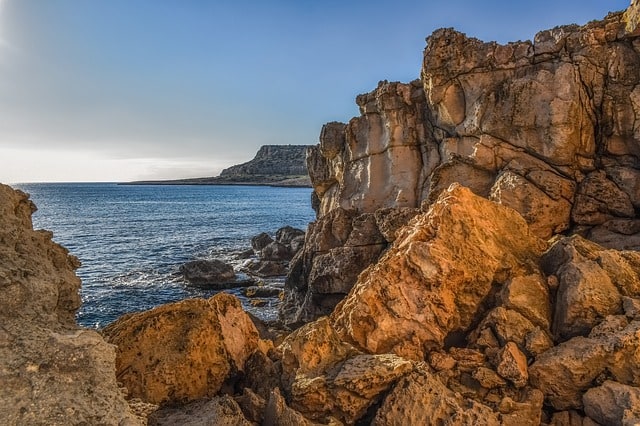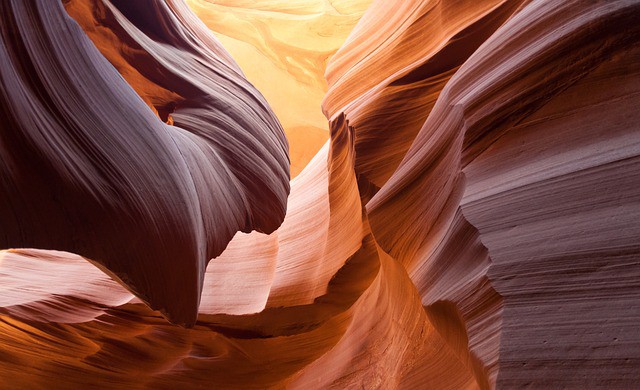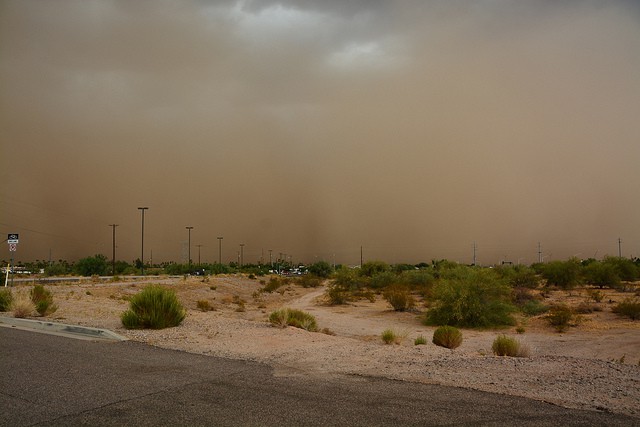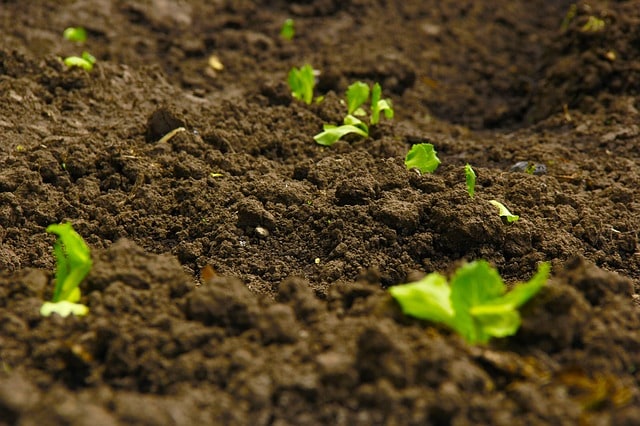Causes, Effects and Types of Erosion (Water, Wind, Glacier)
When you stand at a vantage point of space, you’ll be treated to an array of breathtaking landforms. However, these beautiful pieces of nature can only qualify as landforms if nature created them. This means human-made dams, vehicles, and buildings cannot be called landforms. Mountains, hills, plains, plateaus, beaches, sea stacks and canyons all qualify…




